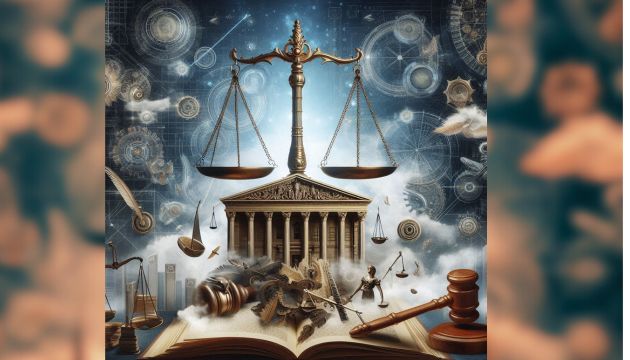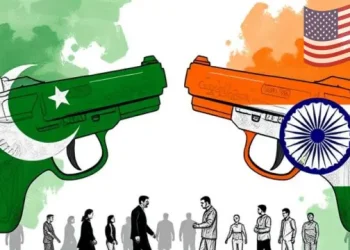By Shahzada Ahsan Ashraf
Herewith are the salient features of a judiciary system being practiced in several countries for your kind consideration and parliamentary deliberations.
A few ideas based on internet research for efficient judiciary systems:
Humans are social by nature; they cannot live alone and away from others. Because of this nature, human interests may overlap, and their desires may clash, leading to conflicts. To resolve disputes and end conflicts, it requires a neutral party characterized by integrity and trust between adversaries.
• The judiciary system guarantees the rights of citizens.
• The Ministry of Justice/Law Affairs is responsible for the organization and development of the judicial system. The core responsibility of the Ministry of Law & Judicial Affairs is to introduce reforms on judicial issues in the parliament.

• The Chief Executive of Pakistan should issue all judicial appointments.
• The Constitution provides for the rule of law, the impartiality of judges, the independence of the judiciary, and the prohibition of any interference in a lawsuit or in matters of justice.
• The High Courts and the Supreme Court should compose a Higher Council comprising five judges, one each from the High Courts and Supreme Court, that oversees the smooth running of the Courts and auxiliary bodies. The powers of the Council regarding the functions of the judges and the public prosecutor need to be defined through an act of parliament.
Primary Courts: These are courts of first instance as disputes are filed at these courts for the first time, and each court comprises one judge or three (a tribunal).
Shari’a Courts: One Shari’a court should be established in each district, with its appellate court at the provincial capital. The system should be based on Shari’a principles, Qur’anic laws, the oral teachings of the Prophet, and decisions and circulars issued by the Ministry of Law & Justice.
The Shari’a Courts review cases related to personal status and family law, while a special administrative court or department is in charge of adjudicating administrative disputes; the organization and procedures of which are specified by the law.
Military Courts: The Constitution includes special provisions regarding the jurisdiction of Military Courts, which shall be restricted to crimes committed by members of the Armed and Security Forces, including the police, intelligence agencies, anti-corruption units, FIA, and NAB employees. Their jurisdiction shall only extend to others in cases of damages to armed forces installations incurred by others.
Commercial Courts: Courts for the settlement of commercial disputes using labor laws, land laws, commercial registration laws, commercial company laws, criminal laws, trade laws, personal status laws, and civil commercial procedures laws.
• Court hearings are public except when the law court decides to hold the case in camera in the interests of public order or public morals. However, the pronouncement of findings and sentences is made in open session.
The Appeal Courts (High Courts & Supreme Court):
(i) are competent to rule on objections filed against judgments that are legally permissible to appeal, issued by the primary & commercial courts being courts of first instance. It is not permissible to file disputes at the appeal courts for the first time because the appeal is one of the normal objection ways that aim at remedying errors that might be encountered in the judgments of primary & commercial courts, taking the litigation to the consideration of judges other than the first instance judges.
(ii) always comprise a chief judge and a number of judges with departments according to the needs. The court is headed by the Chief Justice or the most senior judge, and judgments are served by three judges
(iii) single judge hearings for appeals are not permissible.
(iv) as the appeal courts mostly listen to political and elite cases, the salaries and other expenses are covered by public funds.
(The writer is a Former Chairman and Managing Director PIA, Former Federal Minister of industries and production)














